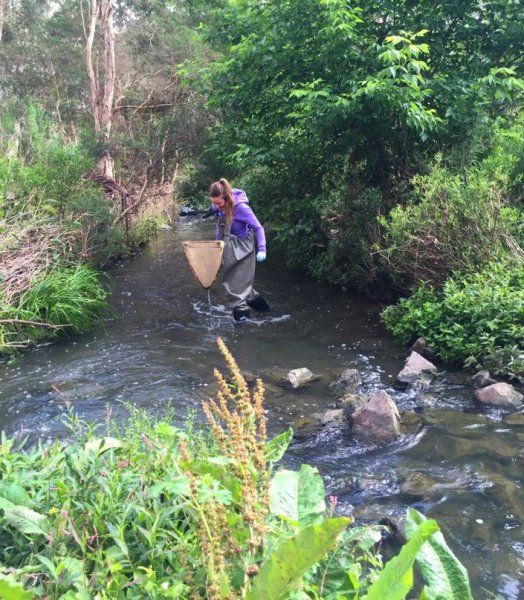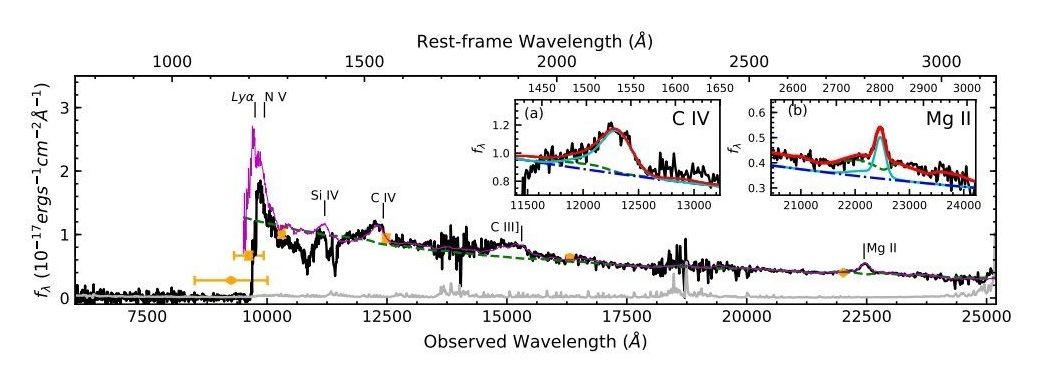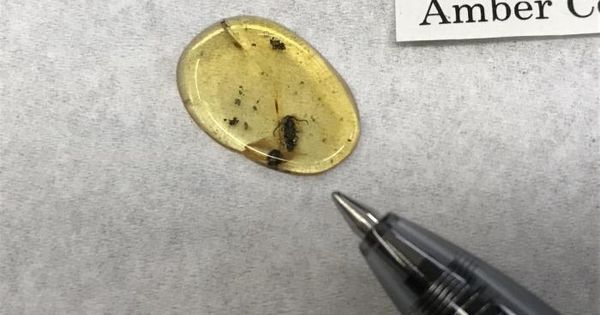Page 9389
Nov 7, 2018
Drug pollution concentrates in stream bugs, passes to predators in water and on land
Posted by Xavier Rosseel in category: biotech/medical
Free drug cocktails for everyone, yay! 😏.
Sixty-nine pharmaceutical compounds have been detected in stream insects, some at concentrations that may threaten animals that feed on them, such as trout and platypus. When these insects emerge as flying adults, they can pass drugs to spiders, birds, bats, and other streamside foragers. These findings by an international team of researchers were published today in Nature Communications.
Click on photo to start video.
For our space fans who are night owls, join us at 2:45 a.m. as NASA streams the launch of the ICON probe. The probe will study the zone where our terrestrial atmosphere meets space.
Nov 7, 2018
This is how artificial intelligence will become weaponized in future cyberattacks
Posted by Genevieve Klien in categories: cybercrime/malcode, robotics/AI
Real-time, autonomous decisions are only some of the techniques AI can bring to the table.
Nov 7, 2018
Astronomers discover new luminous high-redshift quasar
Posted by Genevieve Klien in categories: cosmology, evolution
An international team of astronomers has detected a new luminous quasar at a redshift of 7.02. The newly found quasi-stellar object (QSO), designated DELS J003836.10–152723.6, is the most luminous quasar known at a redshift of over 7.0. The discovery is reported in a paper published October 29 on the arXiv pre-print repository.
Powered by the most massive black holes, bright quasars at high redshift are important for astronomers as they are perceived as the brightest beacons highlighting the chemical evolution of the universe most effectively. They are the most luminous and most distant, compact objects in the observable universe and their spectrum can be used, for instance, to estimate the mass of supermassive black holes (SMBHs).
However, high-redshift QSOs are extremely rare and difficult to find. So far, only two quasars with redshifts over 7.0 have been identified. This limits our understanding of SMBH growth mechanism and reionization history.
Continue reading “Astronomers discover new luminous high-redshift quasar” »
Nov 7, 2018
There’s No Such Thing As A “Man’s Brain” Or A “Woman’s Brain”
Posted by Genevieve Klien in category: neuroscience
Scientists can’t see a disembodied brain and know whether it belonged to a man or a woman. So what’s up with stereotypes about men’s and women’s abilities?
Nov 7, 2018
NASA ICON spacecraft launches Wednesday to explore ionosphere
Posted by Genevieve Klien in categories: solar power, space travel, sustainability
![]()
On Wednesday, November 7, NASA will launch its Ionospheric Connection Explorer (ICON) spacecraft to study the ionosphere. This boundary lies between space and Earth, being home to a “sea” of charged electrons and ions; it reacts to both lower atmosphere weather and solar energy, the result being space weather. NASA’s ICON will study this, offering unprecedented scientific data.
Nov 7, 2018
Trapped In 99-Million-Year-Old Amber, A Beetle Reveals The History Of Modern-Day Continents
Posted by Genevieve Klien in category: futurism
A tiny fossil rove beetle helps to reconstruct the breakup of the former supercontinent Gondwana 99 million years ago and the formation of our modern world.
Nov 7, 2018
How The Netherlands Is A Leader In Sustainable And Eco-Friendly Agriculture
Posted by Genevieve Klien in categories: food, sustainability
The Netherlands exports more crops than almost any other country in the world and places a lot of value on sustainable, eco-friendly agriculture.
















